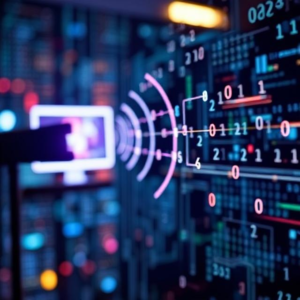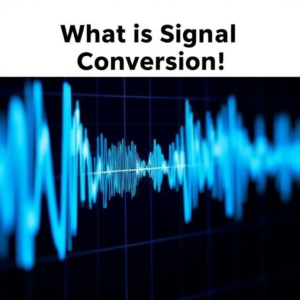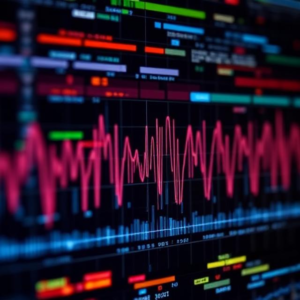Digital Communication Basics: Explanation
Digital communication refers to transmitting information (like sound, images, or video) as digital signals (1s and 0s) from one point to another. It involves several steps to convert real-world signals (audio, video) into digital format, transmit them, and then receive them in a usable form. Digital communication systems use techniques like sampling, quantizing, coding, PCM, DPCM, and multiplexing to optimize quality and reduce data size.

Sampling:
Sampling is the process of regularly measuring (sampling) a continuous signal (like sound or light) at fixed intervals. Think of it as taking snapshots of a continuous sound wave at specific moments. These snapshots help convert the continuous signal into a discrete set of numbers that digital devices can handle.
Example: When recording music on your phone, it samples the sound at specific intervals to create a digital version.
Quantizing:
Quantizing assigns specific numerical values to each sample. This step rounds the sample to the nearest value from a set of predefined possibilities, making it manageable for digital systems.
Example: If you’re recording audio, quantizing means choosing the closest value from a predefined set to represent the sound at each sample point.
Coding:
After quantizing, the next step is to convert these numerical values into binary (0s and 1s) for transmission or storage. This step is necessary to ensure that the information can be understood and transmitted by digital communication systems.
Example: When transmitting audio, each quantized sample is converted into binary code (like 1010101).
PCM (Pulse Code Modulation):
- What it is: PCM is the method for converting an analog signal into a digital one using sampling, quantizing, and coding.
- How it works: PCM takes an analog signal, samples it, quantizes the samples, and then encodes them into binary format.
- Why it’s used: PCM is common in telecommunication systems and is used in audio CDs because it offers high-quality sound.
Example: A phone call uses PCM to convert your voice (analog sound) into a digital signal for transmission.
DPCM (Differential Pulse Code Modulation):
- What it is: DPCM is a variation of PCM that encodes the difference between successive samples, reducing the data required.
- How it works: Instead of encoding each sample individually, DPCM encodes the difference between the current and previous sample, which reduces the data size.
- Why it’s needed: DPCM helps save bandwidth and storage by encoding only the changes between samples, which are often small.
Example: When recording speech, DPCM saves space by encoding only the change in sound from one sample to the next, rather than the whole value.
Multiplexing (Audio/Video):
- What it is: Multiplexing combines multiple signals (audio and video) into one, allowing them to be transmitted over a single channel.
- How it works: It allows multiple data streams to be sent simultaneously without interference.
- Why it’s needed: Multiplexing efficiently uses bandwidth by combining different data types (like audio and video) into one signal.
Example: Watching a video on your phone where both audio and video are transmitted together using multiplexing.
Summary:
- Sampling: Taking snapshots of an analog signal at regular intervals.
- Quantizing: Converting those snapshots into discrete values.
- Coding: Converting the quantized values into binary code.
- PCM: A method that combines sampling, quantizing, and coding to create a digital version of an analog signal (used in telephony and audio CDs).
- DPCM: A more efficient version of PCM that encodes the difference between successive samples instead of encoding each one individually.
- Multiplexing: Combining multiple signals (audio, video) into one signal for efficient transmission.
Examples:
- PCM: Used in audio CDs and digital phone calls.
- DPCM: Used in video codecs and audio compression formats for efficiency.
- Multiplexing: Used in streaming services like YouTube and Netflix to transmit video and audio simultaneously.











